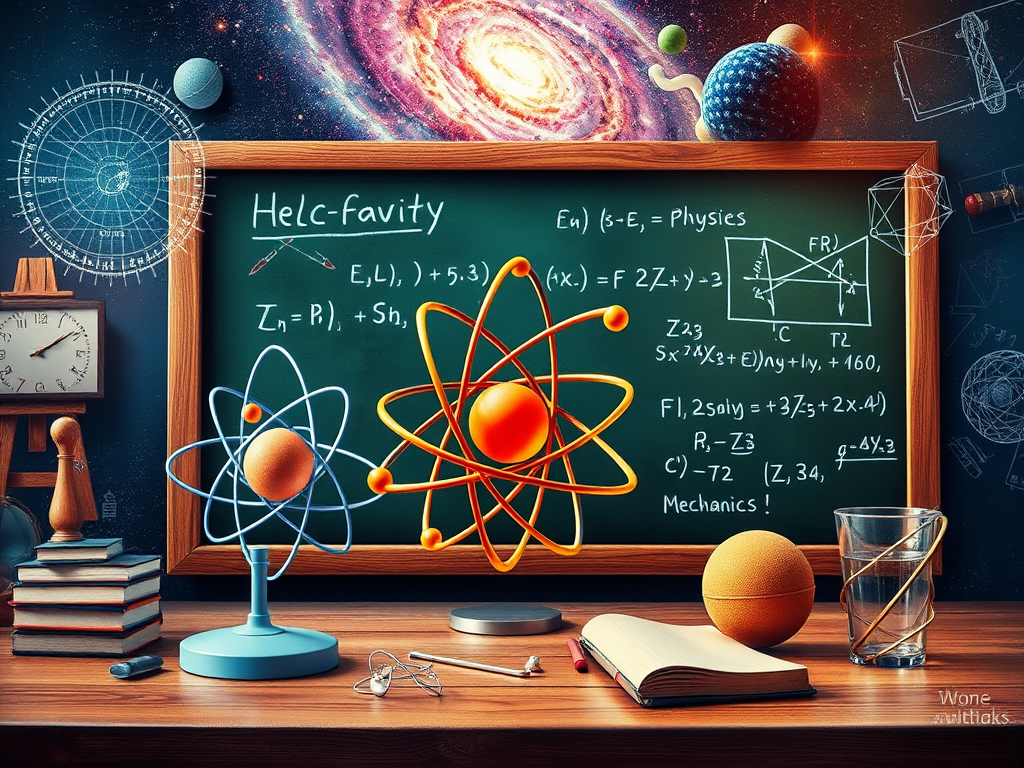Description
The document titled “KCSE MOCK-PHYSICS PAPER 1 QA MODEL” is a mock examination paper designed for students preparing for the Kenya Certificate of Secondary Education (KCSE) in Physics. It contains a structured format that assesses students’ understanding and application of various physics concepts through a series of questions divided into two sections: Section A and Section B.
Overview of the Document
Instructions to Candidates
The document begins with clear instructions for candidates, emphasizing the following key points:
- The paper consists of two sections: A and B, requiring students to answer all questions.
- Candidates must show all working clearly and may use electronic calculators and mathematical tables.
- Numerical answers should be expressed in decimal notation.
Structure of the Paper
- Total Marks: The paper is worth a total of 80 marks.
- Sections:
- Section A (25 Marks): Contains 14 questions aimed at assessing fundamental physics concepts. Questions involve calculations, definitions, and explanations of principles.
- Section B (55 Marks): Comprises 5 questions that require more detailed responses, including data analysis, calculations, and experimental setups.
Content Breakdown
Section A (25 Marks)
- Measurement and Volume Calculation: Students are asked to calculate the volume of a metal sphere using a micrometer screw gauge reading.
- Factors Affecting Stability: Candidates must identify factors that reduce vehicle stability on a banked road.
- Balance and Center of Gravity: A question on which glass is easier to balance based on center of gravity.
- Displacement and Density: A problem requiring the calculation of a solid’s density based on its displacement of paraffin.
- Capillarity: A question on what determines the height of water rise in a capillary tube.
- Gas Density and Pressure Relationship: Students must demonstrate the relationship between gas density and pressure.
- Energy Conversion in Waterfalls: A calculation involving potential energy conversion to heat energy as water falls.
- Angular vs. Linear Velocity: A question to distinguish between these two types of velocity.
- Ideal Gas Behavior at Absolute Zero: Theoretical implications of reducing gas temperature to absolute zero.
- Sprinkler Mechanics: Questions regarding the rotation direction of a sprinkler and adjustments to increase speed.
- Physics of a Suspended Ball: An explanation of the behavior of a suspended metal ball when released.
- Thermometer Design: Circumstances for using a thermometer with a thin-walled bulb.
- Detecting Fluid Flow: A question about using sound to detect water flow in an opaque pipe.
- Acceleration Units: A demonstration that certain units correspond to acceleration.
Section B (55 Marks)
- Graphing Forces: Candidates are provided with data on force and time related to a bullet’s travel in a gun barrel and must plot a graph and analyze it.
- Floatation vs. Sinking: Differentiating between these two phenomena and applying Archimedes’ principle.
- Measuring Mass of a Rock: An experimental setup involving a pivot to find the mass of a rock.
- Heating a Copper Block: Calculations regarding temperature rise in a copper block subjected to heating over time.
- Boyle’s Law and Gas Behavior: Explanation of Boyle’s law using kinetic theory and data analysis of hydrogen gas volume changes with temperature.




Reviews
There are no reviews yet.